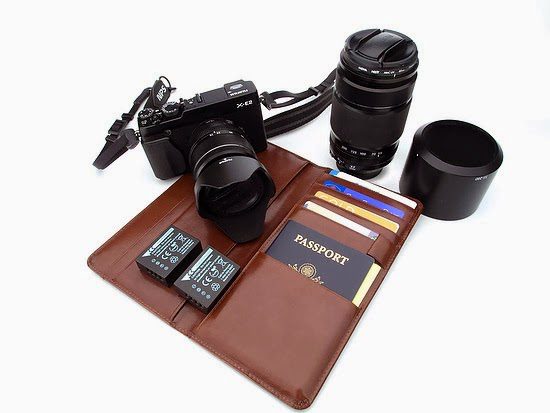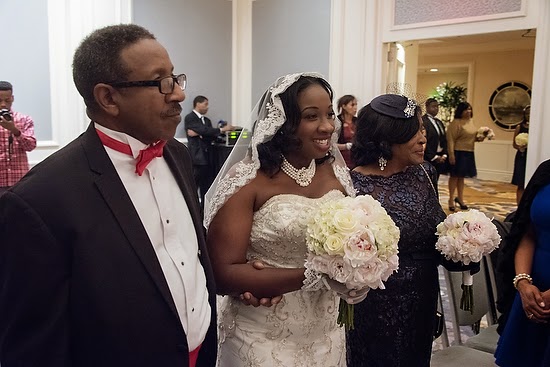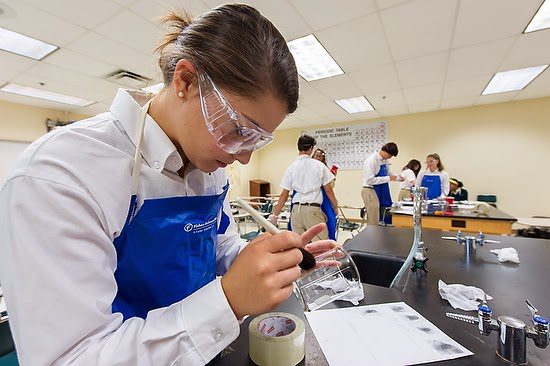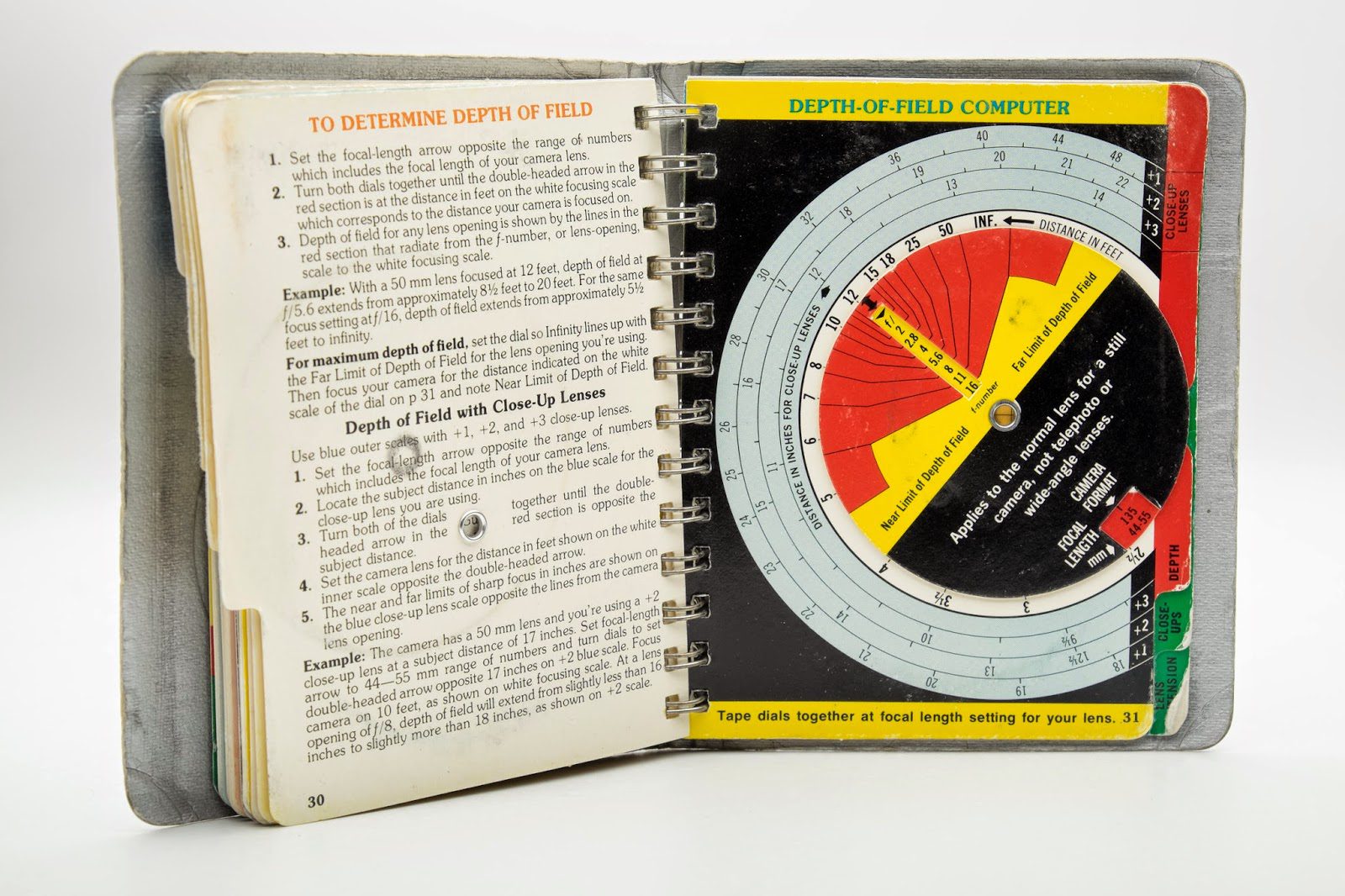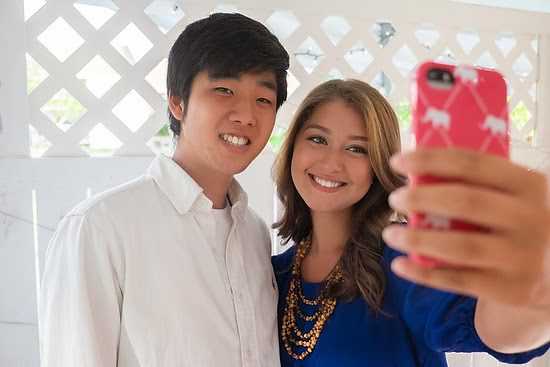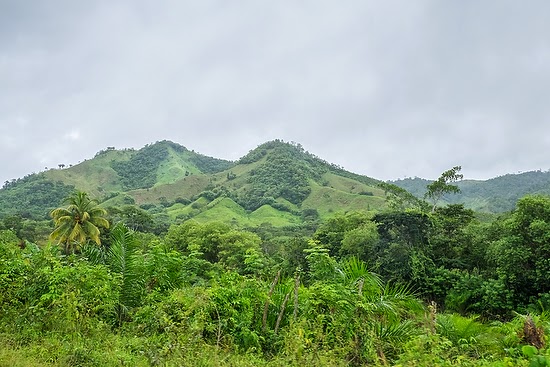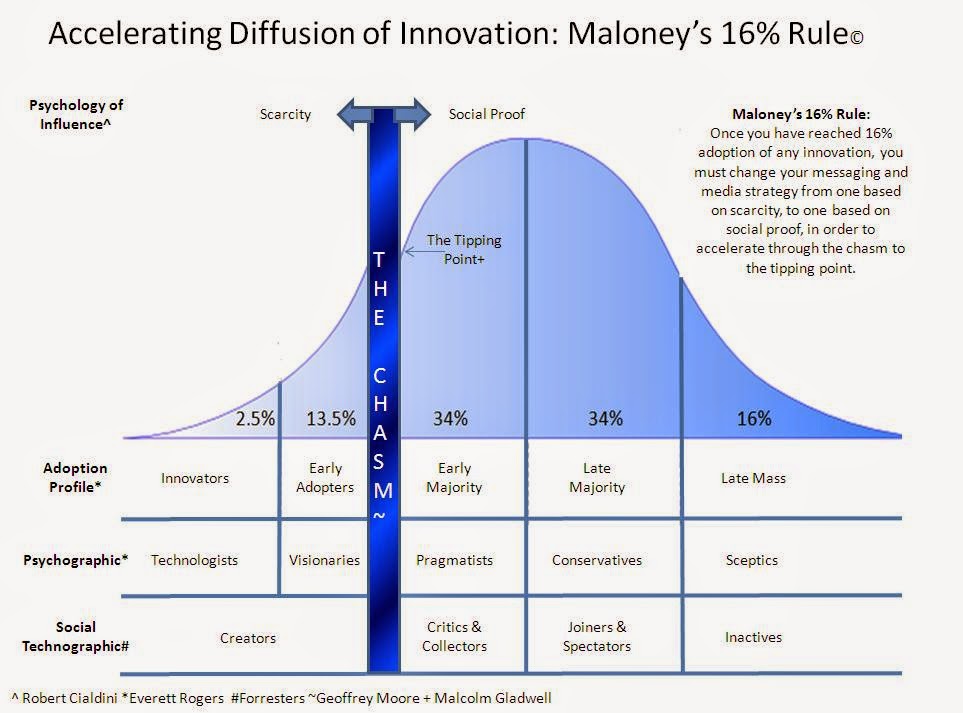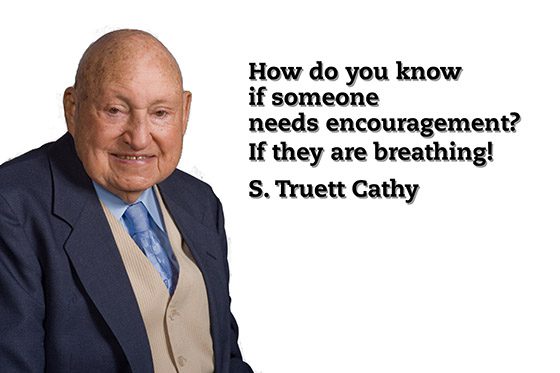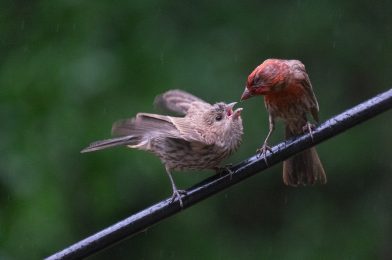|
| Fuji X-E2, 55-200mm, ISO 6400, ƒ/4.8, 1/420 |
I have a few friends that have bipolar disorder. My heart breaks for people dealing with clinical depression. We even lost Robin Williams to this powerful mind-altering condition.
All of us will experience times of depression in our lives; that is just part of living. I hope these thoughts of mine help those of you like me who can feel depressed even when we should be celebrating.
.
 |
| Nikon D4, Sigma 120-300mm f/2.8 DG OS HSM w/ Sigma 2x, ISO 40637, ƒ/5.6, 1/2000 |
I shot this at the Chick-fil-A Kickoff game between Alabama and West Virginia. [Nikon D4, Sigma 120-300mm f/2.8 DG OS HSM w/ Sigma 2x, ISO 36204, ƒ/5.6, 1/2000]
Have you ever heard, “Are you letting emotions get the best of you?”
I don’t know about you, but my emotions have gotten me into lots of trouble. More than getting me into trouble—I have become depressed.
You would think that the way we do better is to become more logical. But, if we take it to an extreme, the problem with that is to become more like Spock from Star Trek or maybe Shelton from the Big Bang Theory. In either of these characters, we see how often those who try and be logical all the time make a lot of matters worse.
Dale Carnegie wrote, “We are persuaded by reason, but we are moved by emotion. Several studies conclude that up to 90 percent of our decisions are based on emotion. Conversely, we use logic to justify our actions to ourselves and others.”
We also tend to embrace ideas that support our beliefs and rebuff those that challenge them.
We make a lot of decisions based on our gut feelings. Malcolm Gladwell, in his book “Blink,” talks about how quickly we judge people in less than a few seconds when we first meet them. Quick judgment is an animal instinct that helps us survive. For the most part, this gut feeling is something we learn to trust and are encouraged to do by others—“Trust your gut instinct.”
Putting a face on it changes things.
You are seen as stubborn if you are not careful. You get to set in your ways and your opinions.
I recommend to anyone struggling with their emotions that one of the best things you can do is to have a cross-cultural experience. I recommend going to another country and holding your condemning comments while you travel. Just go and experience the other culture.
The best way I have experienced this is to go with a nonprofit and help on a project. One cool thing to do is do an exchange. Have an international student stay with you and then go to their country and stay there.
I remember guys in our church went downtown Atlanta to help at a homeless shelter. I remember one of the guys being blown away at how many of the homeless had full-time jobs. So he helped wake them up at 5:00 am to get ready to work.
These guys put a face on homelessness for this guy. Sure, some pretty lazy guys might be homeless, but he found out that more than 50% of the Atlanta homeless worked.
Skipping Record
I grew up listening to vinyl records. Every once in a while, the needle could get stuck and skip, as we used to say. A minor defect in the record’s groove causes the record to play in a loop. If no one did anything, this would forever play in a circle.
I remember calling the local radio station to tell them their record was skipping.
Often I would pick the needle and move it to play the rest of the record. That simple outside action on the record player is what cross-culture experience can do for you emotionally.
I have shared over time stories that I have covered around the world. Most recently, I shared stories from Lisbon, Portugal. Next month I am going to Honduras to capture more stories.
Tip for Storyteller
Remember, “We are persuaded by reason, but we are moved by emotion.” If you want to connect with your audience, emotions are the best way to do that. One of the best ways to capture emotions is through the still photograph.
 |
| [Nikon D4, 14-24mm, ISO 4500, ƒ/10, 1/100] |
In this photo of the priest, I wanted to capture not just the priest talking but the emotional connection between him and the students. I think I got that moment.
Are you stuck emotionally? One of the best ways to battle this is to focus on others. Granted, if you cannot do this, there is an excellent reason to seek help. I know that professional counselors can make a huge difference. In addition, there are times that you might need help through drugs that can help get your body back in balance. Just like a diabetes patient takes medication to stay alive, people suffering from clinical depression can regain their life through medication and counseling.
Stay tuned for stories from Honduras.


